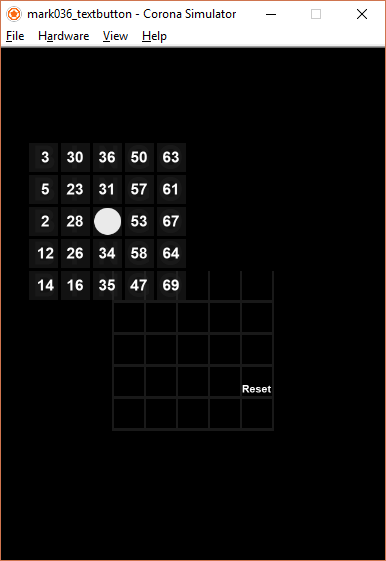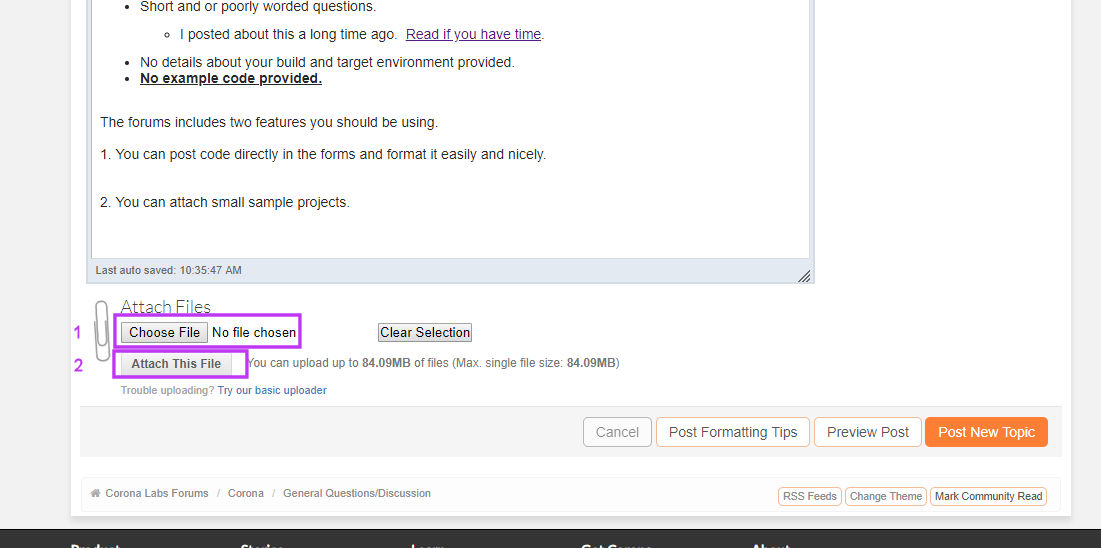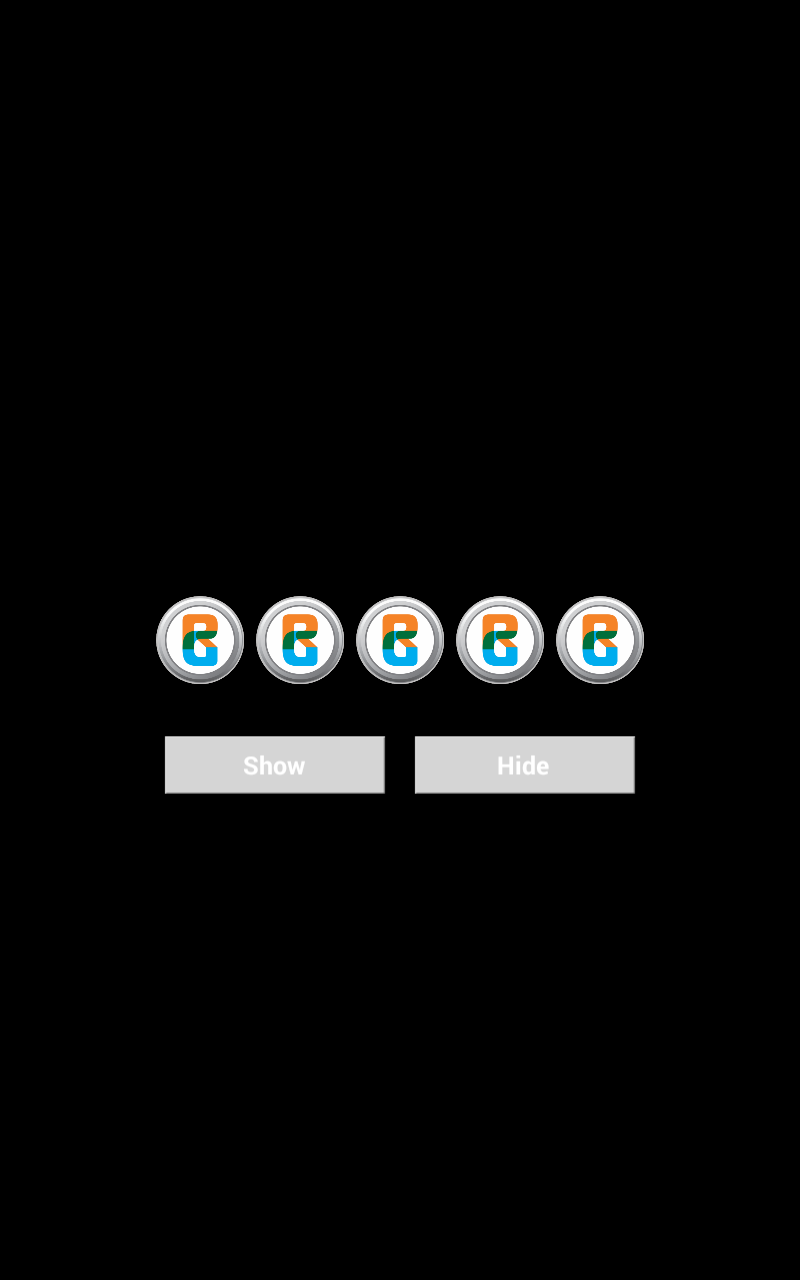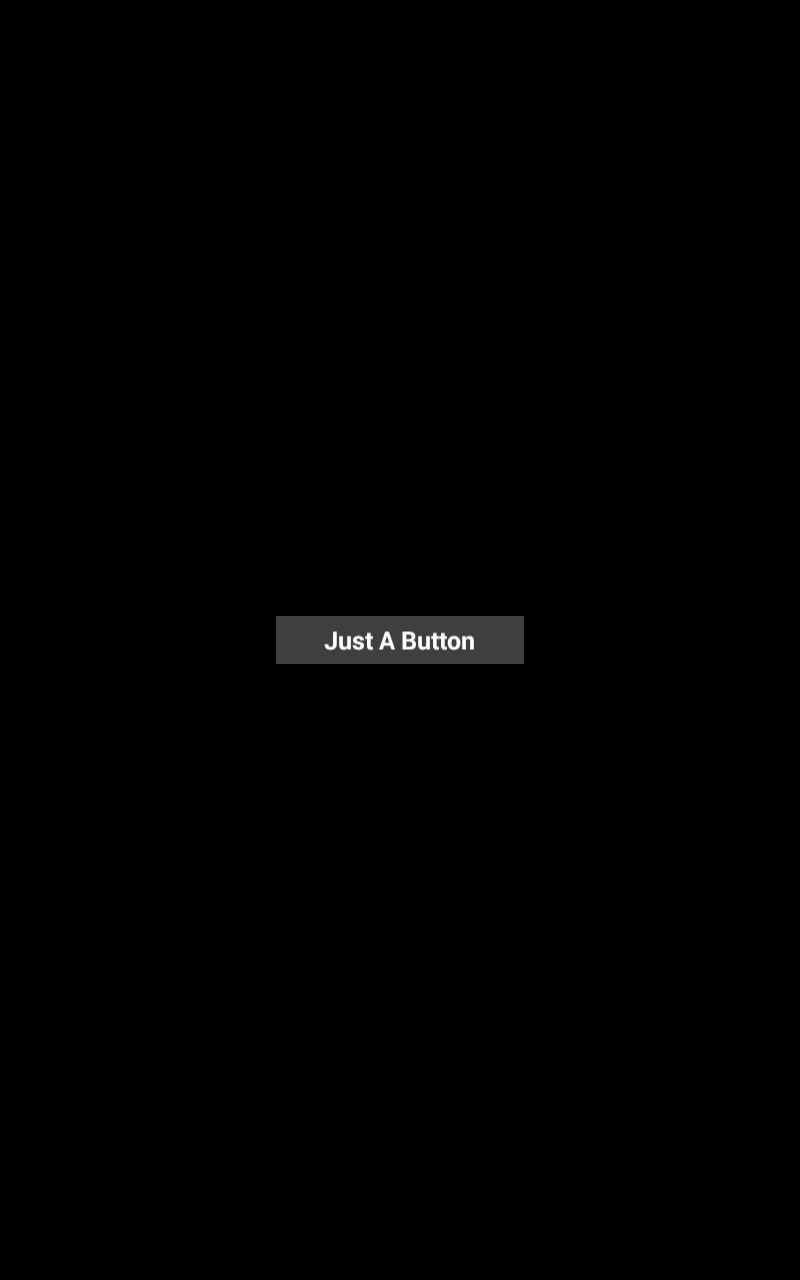Here is my code
----------------------------------------------------------------------------------------- -- -- main.lua -- ----------------------------------------------------------------------------------------- -- Your code here local widget = require( "widget" ) local winningLine local winningText local resetButton local allowMoves = true local spots = {} local player = "X" -- Player X goes first local winPatterns = {} winPatterns[1] = { 1, 2, 3, 4, 5 } -- horizontal row 1 winPatterns[2] = { 6, 7, 8, 9, 10 } -- horizontal row 2 winPatterns[3] = { 11, 12, 13, 14, 15 } -- horizontal row 3 winPatterns[4] = { 16, 17, 18, 19, 20 } -- horizontal row 4 winPatterns[5] = { 21, 22, 23, 24, 25 } -- horizontal row 5 winPatterns[6] = { 1, 6, 11, 16, 21 } -- vertical column 1 winPatterns[7] = { 2, 7, 12, 17, 22 } -- vertical column 2 winPatterns[8] = { 3, 8, 13, 18, 23 } -- vertical column 3 winPatterns[9] = { 4, 9, 14, 19, 24 } -- vertical column 4 winPatterns[10] = { 5, 10, 15, 20, 25 } -- vertical column 5 winPatterns[11] = { 1, 7, 13, 19, 25 } -- top left to bottom right diagonal winPatterns[12] = { 21, 17, 13, 9, 5 } -- bottom left to top right diagonal local function resetGame() for i = 1, #spots do spots[i].moveText.text = " " spots[i].moveType = nil end display.remove( winningLine ) winningLine = nil display.remove( winningText ) winningText = nil display.remove( winningText2 ) winningText2 = nil display.remove( resetButton ) resetButton = onPress player = "X" allowMoves = true end local function gameOver( winningMove, currentPlayer ) -- lets draw a line thru the winning numbers allowMoves = false if winningMove then local startX = spots[winPatterns[ winningMove][1] ].x local startY = spots[winPatterns[ winningMove][1] ].y local endX = spots[winPatterns[ winningMove][5] ].x local endY = spots[winPatterns[ winningMove][5] ].y winningLine = display.newLine( startX, startY, endX, endY ) winningLine:setStrokeColor( 1, 0, 0, 0.5 ) winningLine.strokeWidth = 50 winningText = display.newText( "Bingo!", display.contentCenterX -50, display.contentHeight, display.contentCenterY -50, display.contentWidth +320, native.systemFontBold, 15) winningText2 = display.newText( "Bingo!", display.contentCenterX -50, display.contentHeight, display.contentCenterY -50, display.contentWidth +350, native.systemFontBold, 15) end resetButton = widget.newButton({ label = "Reset", x = display.contentCenterX +120, y = display.contentHeight -320, font = native.systemFontBold, fontSize = 20, labelColor = { default = { 1,1,1}, over = { 1, 0, 0 } }, onPress = resetGame }) end local function isGameOver( currentPlayer ) local isWinner = false for i = 1, #winPatterns do if spots[winPatterns[i][1]].moveType == currentPlayer and spots[winPatterns[i][2]].moveType == currentPlayer and spots[winPatterns[i][3]].moveType == currentPlayer and spots[winPatterns[i][4]].moveType == currentPlayer and spots[winPatterns[i][5]].moveType == currentPlayer then -- we have a winner! isWinner = true gameOver( i, currentPlayer ) break end end end local function handleMove( event ) if event.phase == "began" then if event.target.moveType == nil and allowMoves then event.target.moveText.text = player event.target.moveType = player isGameOver( player ) end end return true end local VerticalLine1 = display.newRect( display.contentCenterX - 150, display.contentCenterY + 85, 5, 305 ) VerticalLine1:setFillColor( 0.1, 0.1, 0.1 ) local VerticalLine2 = display.newRect( display.contentCenterX - 90, display.contentCenterY + 85, 5, 305) VerticalLine2:setFillColor( 0.1, 0.1, 0.1 ) local VerticalLine3 = display.newRect( display.contentCenterX - 30, display.contentCenterY + 85, 5, 305 ) VerticalLine3:setFillColor( 0.1, 0.1, 0.1 ) local VerticalLine4 = display.newRect( display.contentCenterX +30, display.contentCenterY + 85, 5, 305 ) VerticalLine4:setFillColor( 0.1, 0.1, 0.1 ) local VerticalLine5 = display.newRect( display.contentCenterX +90, display.contentCenterY + 85, 5, 305 ) VerticalLine5:setFillColor( 0.1, 0.1, 0.1 ) local VerticalLine6 = display.newRect( display.contentCenterX +150, display.contentCenterY + 85, 5, 305 ) VerticalLine6:setFillColor( 0.1, 0.1, 0.1 ) local HorizontalLine1 = display.newRect( display.contentCenterX, display.contentCenterY -80, 305, 35 ) HorizontalLine1 : setFillColor( 0, 0, 0 ) local HorizontalLine2 = display.newRect( display.contentCenterX, display.contentCenterY -5, 300, 5 ) HorizontalLine2:setFillColor( 0.1, 0.1, 0.1 ) local HorizontalLine3 = display.newRect( display.contentCenterX, display.contentCenterY + 55, 300, 5 ) HorizontalLine3:setFillColor( 0.1, 0.1, 0.1 ) local HorizontalLine4 = display.newRect( display.contentCenterX, display.contentCenterY + 115, 300, 5 ) HorizontalLine4:setFillColor( 0.1, 0.1, 0.1 ) local HorizontalLine5 = display.newRect( display.contentCenterX, display.contentCenterY + 175, 300, 5 ) HorizontalLine5:setFillColor( 0.1, 0.1, 0.1 ) local HorizontalLine6 = display.newRect( display.contentCenterX, display.contentCenterY + 235, 300, 5 ) HorizontalLine6:setFillColor( 0.1, 0.1, 0.1 ) local myText = display.newText( "B", 0, 0, native.systemFontBold, 60 ) myText:setFillColor( 0.1, 0.1, 0.1, 0.5 ) myText.anchorX = 0 myText.x = 20 myText.y = 205 local myText = display.newText( "B", 0, 0, native.systemFontBold, 60 ) myText:setFillColor( 0.1, 0.1, 0.1, 0.5 ) myText.anchorX = 0 myText.x = 20 myText.y = 265 local myText = display.newText( "B", 0, 0, native.systemFontBold, 60 ) myText:setFillColor( 0.1, 0.1, 0.1, 0.5 ) myText.anchorX = 0 myText.x = 20 myText.y = 325 local myText = display.newText( "B", 0, 0, native.systemFontBold, 60 ) myText:setFillColor( 0.1, 0.1, 0.1, 0.5 ) myText.anchorX = 0 myText.x = 20 myText.y = 385 local myText = display.newText( "B", 0, 0, native.systemFontBold, 60 ) myText:setFillColor( 0.1, 0.1, 0.1, 0.5 ) myText.anchorX = 0 myText.x = 20 myText.y = 445 local myText = display.newText( "I", 0, 0, native.systemFontBold, 60 ) myText:setFillColor( 0.1, 0.1, 0.1, 0.5 ) myText.anchorX = 0 myText.x = 90 myText.y = 205 local myText = display.newText( "I", 0, 0, native.systemFontBold, 60 ) myText:setFillColor( 0.1, 0.1, 0.1, 0.5 ) myText.anchorX = 0 myText.x = 90 myText.y = 265 local myText = display.newText( "I", 0, 0, native.systemFontBold, 60 ) myText:setFillColor( 0.1, 0.1, 0.1, 0.5 ) myText.anchorX = 0 myText.x = 90 myText.y = 325 local myText = display.newText( "I", 0, 0, native.systemFontBold, 60 ) myText:setFillColor( 0.1, 0.1, 0.1, 0.5 ) myText.anchorX = 0 myText.x = 90 myText.y = 385 local myText = display.newText( "I", 0, 0, native.systemFontBold, 60 ) myText:setFillColor( 0.1, 0.1, 0.1, 0.5 ) myText.anchorX = 0 myText.x = 90 myText.y = 445 local myText = display.newText( "N", 0, 0, native.systemFontBold, 60 ) myText:setFillColor( 0.1, 0.1, 0.1, 0.5 ) myText.anchorX = 0 myText.x = 140 myText.y = 205 local myText = display.newText( "N", 0, 0, native.systemFontBold, 60 ) myText:setFillColor( 0.1, 0.1, 0.1, 0.5 ) myText.anchorX = 0 myText.x = 140 myText.y = 265 local myText = display.newText( "N", 0, 0, native.systemFontBold, 60 ) myText:setFillColor( 0.1, 0.1, 0.1, 0.5 ) myText.anchorX = 0 myText.x = 140 myText.y = 325 local myText = display.newText( "N", 0, 0, native.systemFontBold, 60 ) myText:setFillColor( 0.1, 0.1, 0.1, 0.5 ) myText.anchorX = 0 myText.x = 140 myText.y = 385 local myText = display.newText( "N", 0, 0, native.systemFontBold, 60 ) myText:setFillColor( 0.1, 0.1, 0.1, 0.5 ) myText.anchorX = 0 myText.x = 140 myText.y = 445 local myText = display.newText( "G", 0, 0, native.systemFontBold, 60 ) myText:setFillColor( 0.1, 0.1, 0.1, 0.5 ) myText.anchorX = 0 myText.x = 195 myText.y = 205 local myText = display.newText( "G", 0, 0, native.systemFontBold, 60 ) myText:setFillColor( 0.1, 0.1, 0.1, 0.5 ) myText.anchorX = 0 myText.x = 195 myText.y = 265 local myText = display.newText( "G", 0, 0, native.systemFontBold, 60 ) myText:setFillColor( 0.1, 0.1, 0.1, 0.5 ) myText.anchorX = 0 myText.x = 195 myText.y = 325 local myText = display.newText( "G", 0, 0, native.systemFontBold, 60 ) myText:setFillColor( 0.1, 0.1, 0.1, 0.5 ) myText.anchorX = 0 myText.x = 195 myText.y = 385 local myText = display.newText( "G", 0, 0, native.systemFontBold, 60 ) myText:setFillColor( 0.1, 0.1, 0.1, 0.5 ) myText.anchorX = 0 myText.x = 195 myText.y = 445 local myText = display.newText( "O", 0, 0, native.systemFontBold, 60 ) myText:setFillColor( 0.1, 0.1, 0.1, 0.5 ) myText.anchorX = 0 myText.x = 255 myText.y = 205 local myText = display.newText( "O", 0, 0, native.systemFontBold, 60 ) myText:setFillColor( 0.1, 0.1, 0.1, 0.5 ) myText.anchorX = 0 myText.x = 255 myText.y = 265 local myText = display.newText( "O", 0, 0, native.systemFontBold, 60 ) myText:setFillColor( 0.1, 0.1, 0.1, 0.5 ) myText.anchorX = 0 myText.x = 255 myText.y = 325 local myText = display.newText( "O", 0, 0, native.systemFontBold, 60 ) myText:setFillColor( 0.1, 0.1, 0.1, 0.5 ) myText.anchorX = 0 myText.x = 255 myText.y = 385 local myText = display.newText( "O", 0, 0, native.systemFontBold, 60 ) myText:setFillColor( 0.1, 0.1, 0.1, 0.5 ) myText.anchorX = 0 myText.x = 255 myText.y = 445 for i = 1, 25 do spots[i] = display.newRect( 0, 0, 55, 55) spots[i]:setFillColor( 0.2,0.2,0.2,0.3 ) spots[i].x = ( i - 1 ) % 5 \* 60 + 40 spots[i].y = math.floor( ( i - 1 ) / 5 ) \* 60 + 205 spots[i].moveText = display.newText( " ", spots[i].x, spots[i].y, native.systemFontBold, 60) spots[i].moveType = nil spots[i]:addEventListener( "touch", handleMove ) end local myPlayer1 = display.newImageRect("free.png", 55, 55) myPlayer1.x = 160 myPlayer1.y = 325 for i = 1, 25 do spots[i] = display.newRect( 0, 0, 55, 55) spots[i]:setFillColor( 0.2,0.2,0.2,0.1 ) spots[i].x = ( i - 1 ) % 5 \* 60 + 40 spots[i].y = math.floor( ( i - 1 ) / 5 ) \* 60 + 205 spots[i].moveText = display.newText( " ", spots[i].x, spots[i].y, native.systemFontBold, 60) spots[i].moveType = nil spots[i]:addEventListener( "touch", handleMove ) end local B = { 1, 2, 3, 4, 5, 6, 7, 8, 9, 10, 11, 12, 13, 14, 15 } local I = { 16, 17, 18, 19, 20, 21, 22, 23, 24, 25, 26, 27, 28, 29, 30 } local N = { 31, 32, 33, 34, 35, 36, 37, 38, 39, 40, 41, 42, 43, 44, 45 } local G = { 46, 47, 48, 49, 50, 51, 52, 53, 54, 55, 56, 57, 58 ,59, 60 } local O = { 61, 62, 63, 64, 65, 66, 67, 68, 69, 70, 71, 72, 73, 74, 75 } math.randomseed( os.time() ) -- Seed the pseudo-random number generator local function shuffleTable( t ) if ( type(t) ~= "table" ) then print( "WARNING: shuffleTable() function expects a table" ) return false end local j for i = #t, 2, -1 do j = math.random( i ) t[i], t[j] = t[j], t[i] end return t end shuffleTable( B ) shuffleTable( I ) shuffleTable( N ) shuffleTable( G ) shuffleTable( O ) local B\_spots = {} local I\_spots = {} local N\_spots = {} local G\_spots = {} local O\_spots = {} for i = 1, 5 do B\_spots[i] = display.newText( B[i], 45, i \* 105, native.systemFontBold, 28 ) B\_spots[i] : setFillColor(1, 1, 1 ) I\_spots[i] = display.newText( I[i], 100, i \* 105, native.systemFontBold, 28 ) B\_spots[i] : setFillColor(1, 1, 1 ) N\_spots[i] = display.newText( N[i], 160, i \* 105, native.systemFontBold, 28 ) B\_spots[i] : setFillColor(1, 1, 1 ) G\_spots[i] = display.newText( G[i], 220, i \* 105, native.systemFontBold, 28 ) B\_spots[i] : setFillColor(1, 1, 1 ) O\_spots[i] = display.newText( O[i], 280, i \* 105, native.systemFontBold, 28 ) B\_spots[i] : setFillColor(1, 1, 1 ) B\_spots[i].y = math.floor( ( i - 1 ) / 1 ) \* 60 + 205 I\_spots[i].y = math.floor( ( i - 1 ) / 1 ) \* 60 + 205 N\_spots[i].y = math.floor( ( i - 1 ) / 1 ) \* 60 + 205 G\_spots[i].y = math.floor( ( i - 1 ) / 1 ) \* 60 + 205 O\_spots[i].y = math.floor( ( i - 1 ) / 1 ) \* 60 + 205 B\_spots[i].moveType = nil I\_spots[i].moveType = nil N\_spots[i].moveType = nil G\_spots[i].moveType = nil O\_spots[i].moveType = nil spots[i]:addEventListener( "touch", handleMove ) end N\_spots[3].text = " "
I have this set as a bingo game. When I save and test to Android it has a white box around the “reset” button. Also the reset button only appears after someone has gotten all 5 squares across. I want the reset text and button to appear always. I have gotten this to work by adding this.
resetButton2 = widget.newButton({ label = "Reset", x = display.contentCenterX +120, y = display.contentHeight -320, font = native.systemFontBold, fontSize = 20, labelColor = { default = { 1,1,1}, over = { 1, 0, 0 } }, onPress = resetGame }) end
at the end of the code and reducing the opacity of the first reset button to 0.01.
I want the reset button to not have any square around it. I have already tried to set the “textOnly” to true. Anywhere I have put this command gives me an error code. I have also tried to set the reset button to shuffle the numbers as well but have only gotten errors.
I have done all I know to fix this and have looked for tutorials but nothing is clear. The three things I am trying to accomplish is to have the reset option appear and work at any time, the reset to shuffle the numbers as well and when testing in an Android device NOT having the white background rectangle on the reset text.
If you would please help.





